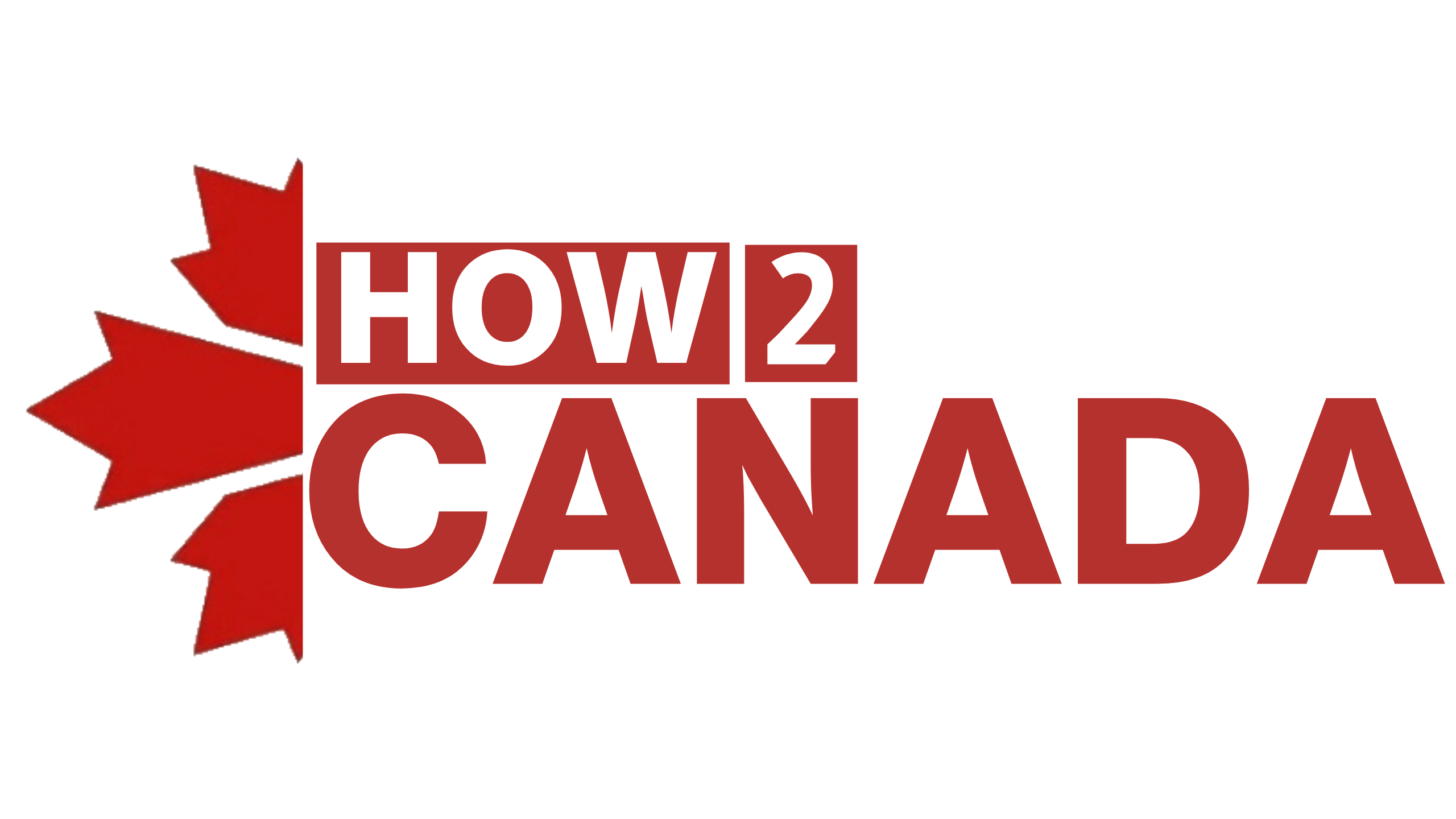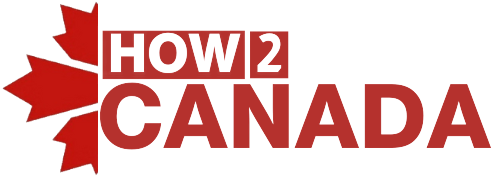🏠 How to Buy a House in Canada

For many, a home purchase can be one of the biggest decisions of your life. It is also a process that can be met with both stress and uncertainty. This is perfectly normal! Having a strong understanding of the buying process is important in navigating this uncertainty and remaining positive throughout. This guide is meant to alleviate these concerns while outlining the 10 key steps to buying a house in Canada. It includes both important factors to consider and costs to think about when working towards your purchase.
Before diving into the process and committing to the home-buying journey, it’s important to really consider if buying is the right course of action in your situation. This can include:
📝 In this article:
- 💰 Step 1- Saving for a Down Payment
- 🏦 Step 2. Building Your Credit Score & Having Stable Income
- 🧾 Step 3. Checking your Affordability
- 🔍 Step 4. Determining Where to Buy
- 💵 Step 5. Estimating the Closing Costs
- 🔖 Step 6. Get a Mortgage Pre-approval & Look for the Best Rate
- 👩💼 Step 7. Find a Good Real Estate Agent
- 🏠 Step 8. Look for Properties in your Price Range
- 📑 Step 9. Make an Offer
- 📆 Step 10. Your Closing Date!
💰 Step 1. Saving for a Down Payment
Being in a strong enough financial position to put money aside for a down payment is the first and most important step to being on the road to home ownership. In Ontario for instance, you will need to have at least a 5% down payment for purchase prices under $500,000. For houses between $500,000 and $1,000,000, your minimum down payment is 5% on the first 500k, and 10% on the remaining amount. Finally, for houses over $1,000,000, your minimum down payment is 20%. When calculating how much of a down payment you may need, this down payment calculator might be a helpful tool.
Having a large down payment of at least 20% in any circumstance will allow you to have added flexibility on your home-buying journey. It will also save you thousands of dollars on both interest payments and from not needing mortgage insurance. The latter can especially add to your overall cost, with the following Canada Mortgage and Housing Corporation (CMHC ) premiums applying in most situations:
With Toronto’s average sale price increasing to over $1,000,000 in 2021, and with prices rising throughout Ontario in tandem, starting early-on in building a down payment can be crucial. Luckily, if your a first-time home buyer, the federal and provincial governments have programs in place to help, including:
🏦 Step 2. Building Your Credit Score & Having Stable Income
With your credit score being an important tool that lenders use in evaluating your creditworthiness, building it up is a crucial part of obtaining a mortgage for your home purchase. Ideally, in order to meet the credit score requirements for obtaining an insured mortgage loan, your credit score needs to be at least 600. Besides needing a credit score above 600 for an insured mortgage, having a higher credit score can also affect your mortgage interest rate, lending options, and the mortgage lenders who are willing to provide you a loan.
Building your credit score starts before you even consider buying a home, through taking proactive steps to improve your credit, including:
Along with a good credit score, having a stable income source will make obtaining a mortgage much easier. Owning your own home also means that you will be responsible for expenses that come with it, which can include costly maintenance and repairs, yearly property taxes, and home insurance premiums. Being in a position where your income allows you to face any unexpected issues as they come about puts you in a better position to manage them. In fact, your lender may ask to see a letter of employment to assess your income stability. If your income is less steady because of being self-employed or a contract worker, it's important to plan in advance by setting some money aside as an emergency fund. Also, consider applying for home insurance online.
🧾 Step 3. Checking your Affordability
In tandem with steps 1 & 2, your down payment amount, along with your credit score and income all go into what you can afford in a home. Housing affordability depends on a number of factors, including:
To find out how much you can afford, this affordability calculator simplifies the process. Understanding not just what you can afford, but how much you are comfortable spending is crucial in finding a home that you can feel good about. Finally, when deciding on how much to spend, putting together a budget can help you to stay on track and to keep up with your monthly housing expenses, for when you do move into your home.
🔍 Step 4. Determining Where to Buy
Once you determine how much you can afford and what you are comfortable spending on a home comes deciding where to buy. Factors such as commute time, public transit, neighbourhood amenities, safety and school rankings tend to be top of mind for many new homebuyers.
Being in a catchment area for a good school is a factor that many young families or prospective parents look towards when making their buying decisions. Although very important, it's worth noting the potential high costs of living near some high ranking schools.
When it comes to commuting, choosing a location will mean being comfortable in your daily commute. By picking a neighbourhood outside the city to look, you may get more space for your budget, however it may add-on hours to your daily commute. As well, being further away from the city could also make public transportation less feasible, meaning the neighbourhood you choose is something to think long and hard about.
Urban homes might be smaller than suburban and rural homes, but they are often more expensive. A quick way to compare locations and to find out where you can get the most space for the best value would be to look at the price per square foot.
💵 Step 5. Estimating the Closing Costs
Generally, a good estimate of how much to budget for closing costs when buying a house in Canada tends to be between 3-5% of the purchase price. The two largest components of closing costs include Land Transfer Tax, and Lawyer & Legal Fees. To estimate the cost of Land Transfer Tax on a property, see this Land Transfer Tax Calculator.
Other smaller components that will make up your closing cost can also include:
Overall, being aware of what your closing costs may be in advance can reduce any surprises and help you stay on budget.
👋 Need help or have a question? Get in touch with How2Canada team today at:
📨 Get the latest updates, resources, and stories about Canada by subscribing here:
🔖 Step 6. Get a Mortgage Pre-approval & Look for the Best Rate
Getting a mortgage pre-approval before looking for a home provides the stability of locking in an interest rate for up to 120 days, while providing an estimate on how much of a mortgage you qualify for. A pre-approval acts as a written contract between you and your lender. However, getting pre-approved also does not mean you cannot shop around for rates. More-so, a pre-approval helps you to plan in advance with information on what your mortgage may look like, including how much you can afford to spend, the interest rate available to you and what your monthly payment could look like.
When it does come to finding a mortgage lender, searching out the lowest rate can meaningfully save you on monthly interest costs .
For example, you purchase a house for $600,000. You paid $120,000 down (20%), meaning you did not need mortgage insurance. You took out a 5-year mortgage for $480,000 with a 25 year amortization, at a 3.2% interest rate after getting pre-approved. This means that you are paying $71,110 in interest over the 5 year period.
However, interest rates fall between the time you got pre-approved and the time you needed the mortgage. There were similar termed mortgage rates at 2.6%. Had you looked for and gone with a similar rate, you would have paid $57,530 in interest instead. By not shopping around for a better rate, you paid an extra $13,580! This shows the importance of always looking for the best rate.
👩💼 Step 7. Find a Good Real Estate Agent
Connecting with a real estate agent that fits your needs and has a strong understanding of the market you're looking-in is crucial. Especially for first-time buyers, having an experienced agent can provide much needed clarity in a brand new situation. When looking for an agent, a real estate agent matcher will make the search process much easier, connecting you with top rated agent profiles who you will be able to get in touch with and determine if they are the right fit.
🏠 Step 8. Look for Properties in your Price Range
Although it can be tempting to expand your search outward and raise your budget, it's important to continue to look for homes you can both afford and see yourself living in. This search starts online, with websites like your area MLS Page and through what your real estate agent finds to show you.
When you're looking at specific properties, it can be helpful to make a list of “must-have” and “nice-to-have” features. This will both help you narrow in the search, and be flexible.
Remember, home-buying can be an iterative process; if certain features or neighbourhoods don’t meet your needs or are over-competitive, you can always change your search.
📑 Step 9. Make an Offer
With record low housing supply and interest rates, and with the Bank of Canada keeping policy rates so low, you especially may be wondering how to buy a house in a competitive housing market. Because of this, it's likely your housing search won't end with the first offer. Even in the cheapest places to buy a house in Canada and some of the quietest housing markets, demand is making the process very competitive. This makes moving quickly important.
When it comes to deciding on offer details, including price and conditions, your real estate agent can be someone you turn to for advice.
📆 Step 10. Your Closing Date!
As you reach this exciting and stressful day, it's important to take a deep breath and embrace the moment. Moving into a home is meant to be a big milestone! With you already thinking about your closing costs in step 5, and with the help of a closing cost calculator, there shouldn't be any unexpected costs. Once the real estate agent gives you the keys, the house is yours!
As your moving-in, other important tasks to consider include:
🤝 Conclusion
Although the whole process may seem at times difficult and stressful, having experienced and knowledgeable contacts along the way is key. Your real estate agent, mortgage broker, and family are all there to support you, meaning it's important to trust the process. As long as you stick to the plan by saving for a down payment, figuring out where you want to buy, getting pre-approval, finding an agent, submitting an offer and closing, the process will work out in the end.





Comments ()